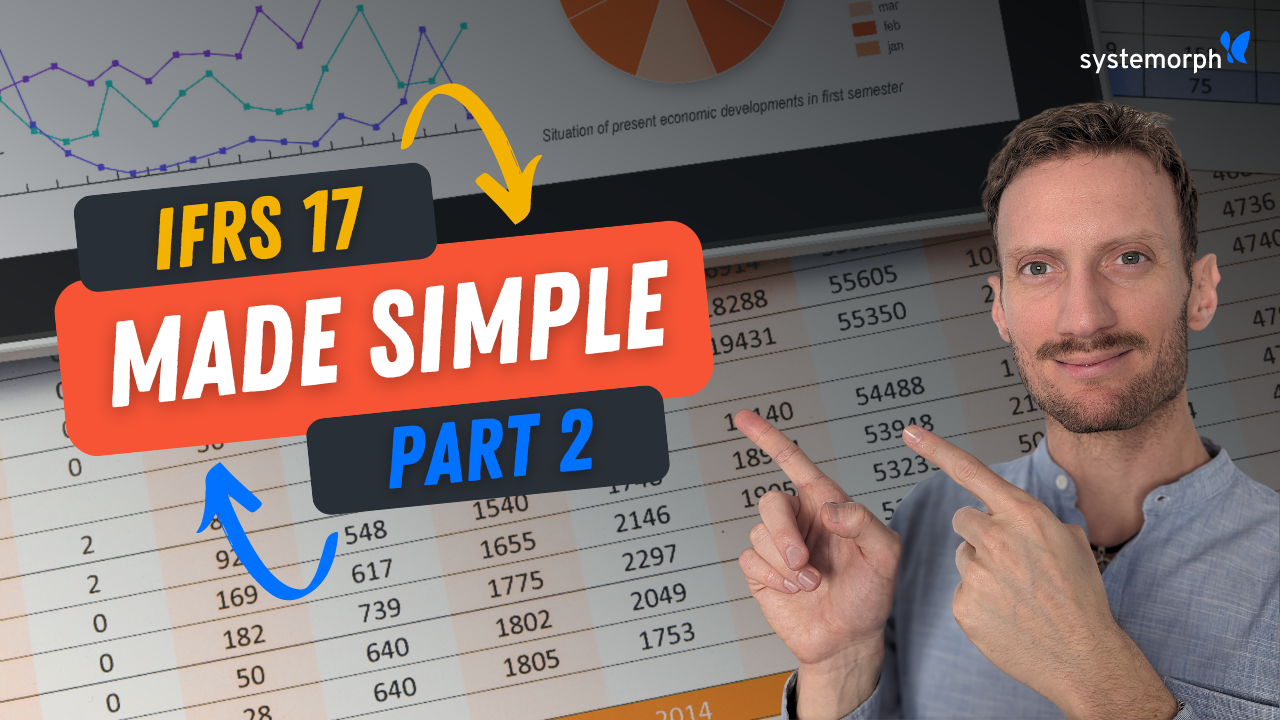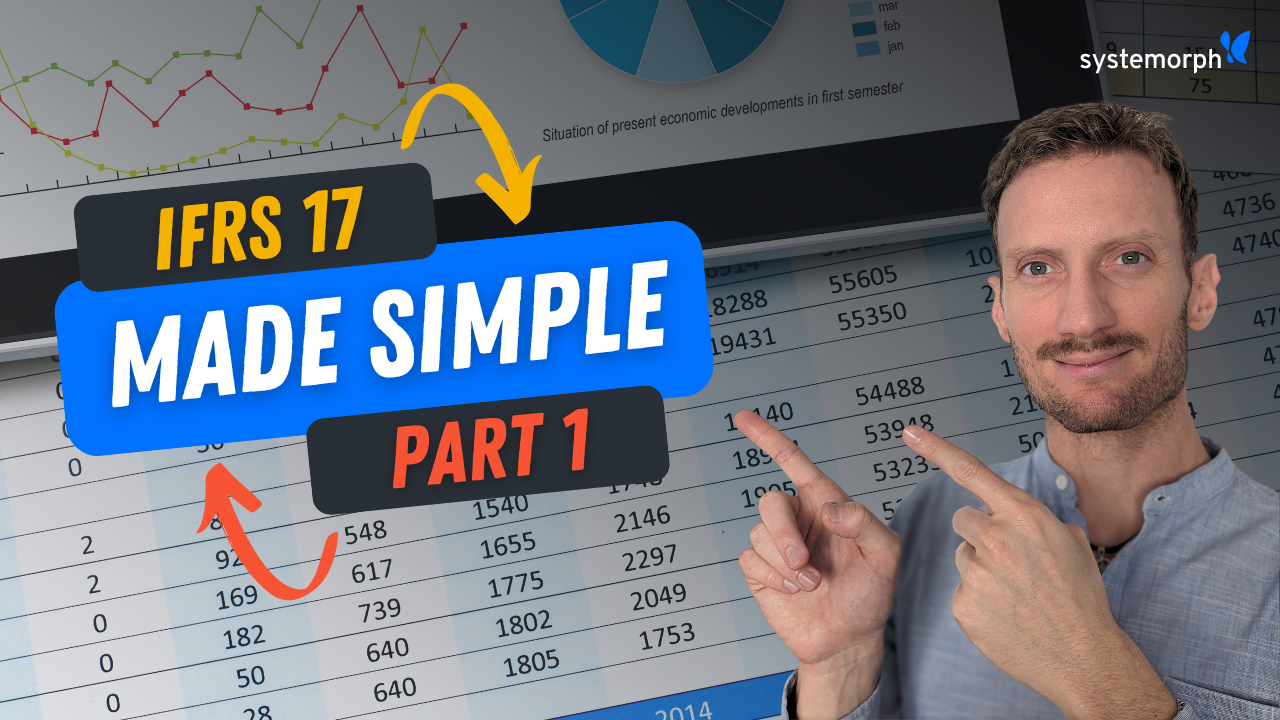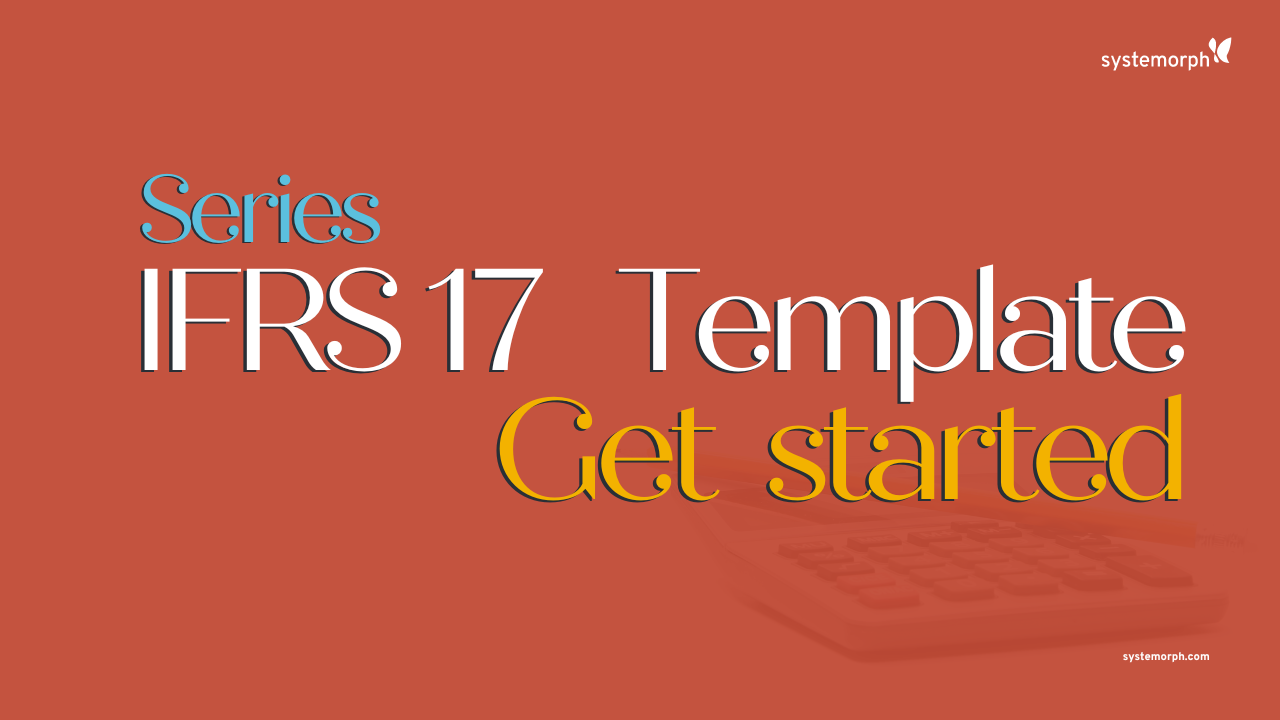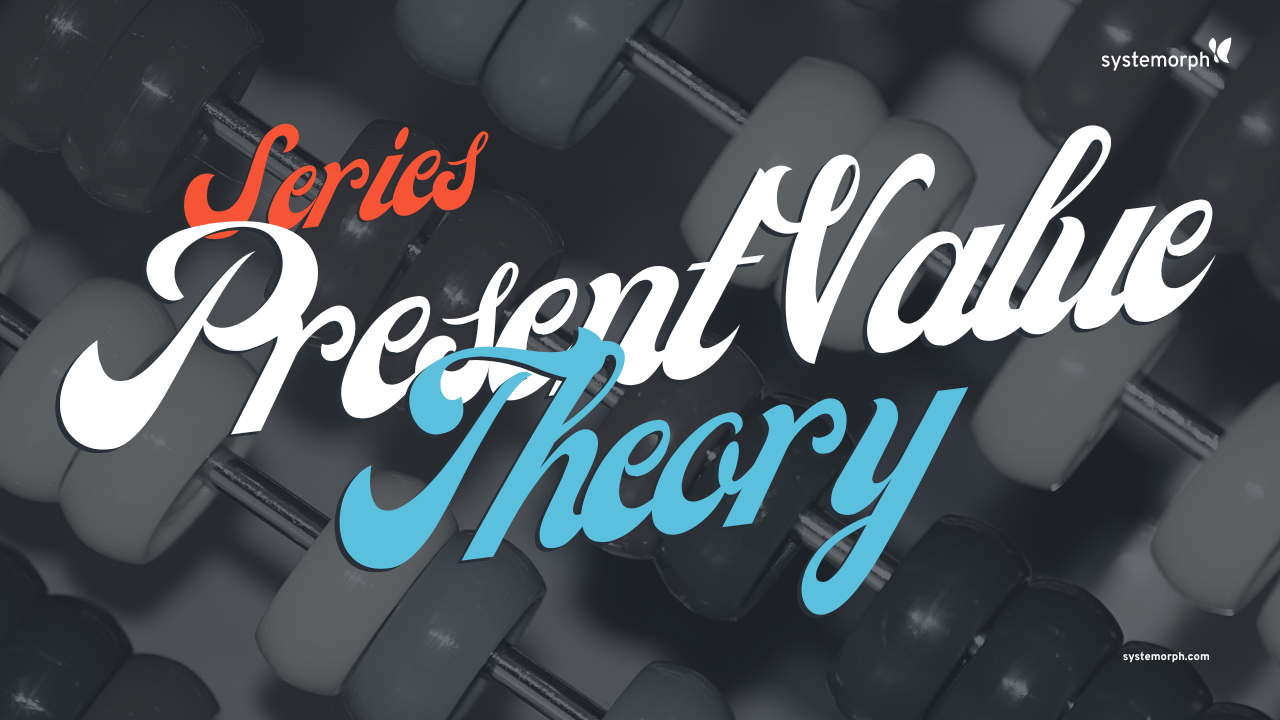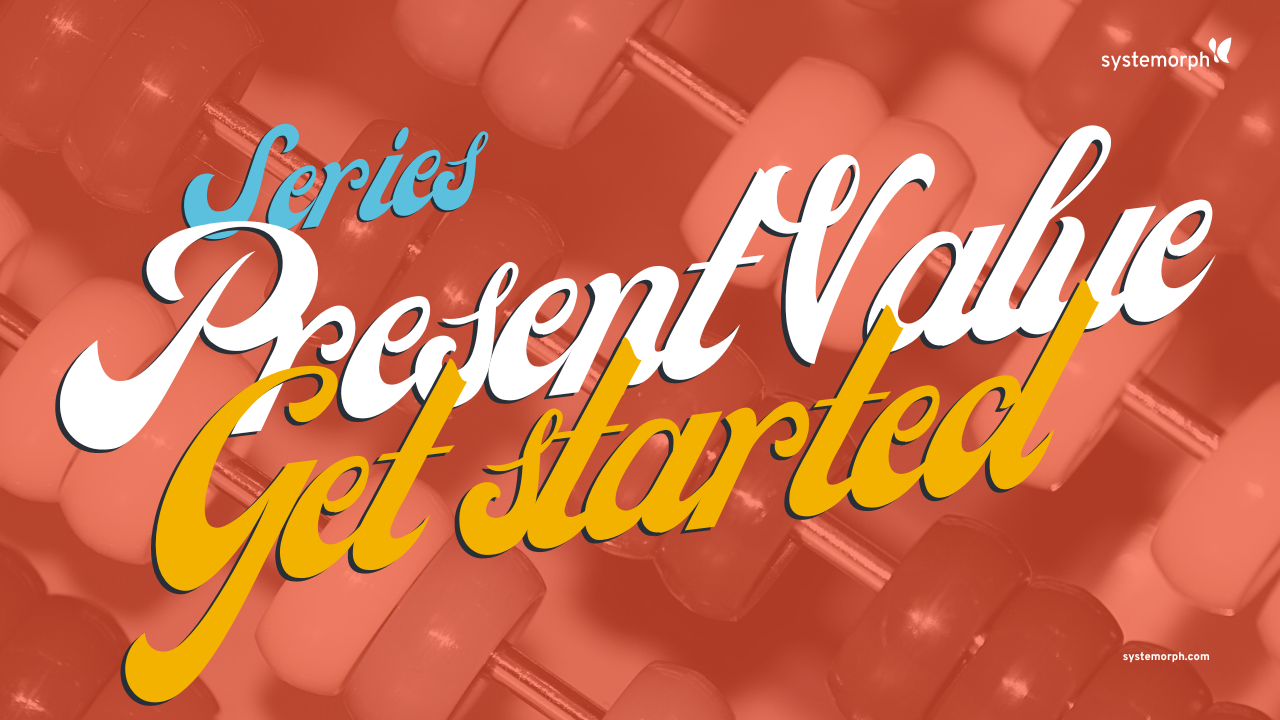Efficient Data Management for Financial Services: A Conversation with Wolfgang Maehr

Wolfgang Maehr in our offices. Check his LinkedIn profile.
Working in the Systemorph sales team, Wolfgang Maehr has his ear close to the ground of what challenges insurance and financial services organizations need to overcome and what solutions they might need.
What are the most common challenges you’ve been hearing about?
In the insurance and financial services sector, various challenges may arise for businesses. However, there are key recurring topics that consistently come to the forefront, including the following:
- Data modeling: Data models must adapt to changes as businesses evolve, which can be a continuous challenge. Ensuring that the model remains relevant and effective requires ongoing effort.
- Data quality and integrity: Data may come from various sources and systems, making it prone to inconsistencies, errors, and duplication. Maintaining accurate and reliable data requires robust data cleansing, validation, and transformation processes.
- Disparate data sources: Organizations often struggle with data silos and lack of interoperability between different data platforms, which can hinder data analysis, decision-making, and overall data management efficiency.
- Data governance: Establishing clear policies, roles, and responsibilities for data management, ensuring compliance with regulations, and fostering a culture of data governance across the organization can be complex.
- Data security and privacy: With increasing cyber threats and stringent data protection regulations, organizations must implement stringent measures to safeguard sensitive data from unauthorized access, breaches, or leaks.
Where do the strengths lie in Systemorph Cloud technology to support with these challenges?
First and foremost, through our business logic development framework, we simplify data modeling. By leveraging our modules, businesses can develop new data models, business rules, and user interfaces with unprecedented speed and ease. Once these components are configured, our technology allows you to instantaneously deploy the Systemorph web application.
On top, our technology supports the streamlining of workflows. By automating routine and time-consuming tasks like data entry and verification, we eliminate the potential for human errors and inconsistencies and enables businesses to be more efficient and for data quality to be augmented. Team members can work smarter and faster, allowing them to allocate their time and expertise to strategic initiatives and value-added activities.
The platform also provides advanced collaboration and version control features, allowing teams to work together in real-time.
And finally, businesses can operate within their current IT landscape. Our platform supports a broad range of data sources and formats, enabling businesses to integrate existing data from disparate sources into a single, unified model.
How does the Systemorph technology help with data governance?
Access control is imperative for any comprehensive data security strategy and our solution ensures access management is highly flexible and customizable. Systemorph Cloud enables companies to determine access rights on a granular level. With a quick and straightforward setup, businesses can effortlessly tailor access controls to meet their specific requirements.
In the Systemorph Cloud portal, users work within projects, each comprising various environments that, in turn, house notebooks. This setup fosters transparent collaboration around code and facilitates safe deployment of release versions on the production environment. Our Access Control feature operates at the project level, allowing businesses to manage user actions and data access precisely.
For instance, certain users may have read-only permissions for a project, preventing them from making modifications to its notebooks. Access control settings can be applied at multiple levels, including project, environment, and file/folder/notebook levels. By leveraging user groups and project permissions, businesses can tailor individual user actions across different projects.
In summary, our solution not only helps businesses protect sensitive information, but it also enhances collaboration and productivity.
If you’d like to connect with Wolfgang to discuss the topic more and hear about how we can help you overcome your data management challenges, don’t hesitate to reach out.
IFRS17: How to read the full set of financial reports – Part 2
In the second of this three-part episode, we present written, advance and overdue actuals and the actuarial experience adjustment – the difference between effective and expected cash flows.
IFRS17: How to read the full set of financial reports – Part 1
In the first of this three-part episode, study the Best Estimates and Risk Adjustments of Present Values displayed in the Reports notebook and calculated from the template data shipped with the IFRS17 Project available in the Systemorph Cloud Portal.
IFRS17 Template: Get started
In this episode, we walk you through the Systemorph IFRS17 Template Project which includes a complete example of input data for many annual reporting periods and uses our Calculation Engine for producing and reporting results.
Present Value: Theory
We break down the theory behind calculating the present value of insurance contracts through the Analysis of Change approach.
Present Value: Get started
We show you how the present value of a group of insurance contracts can easily be calculated using our IFRS17 Calculation Engine developed in Systemorph Cloud Notebooks.
Present Value: How to
We show you how to configure the Systemorph IFRS17 Calculation Engine to your own data set and business. From setting up your company’s many legal entities to include your favorite Analysis of Change step. This is where the magic happens.

